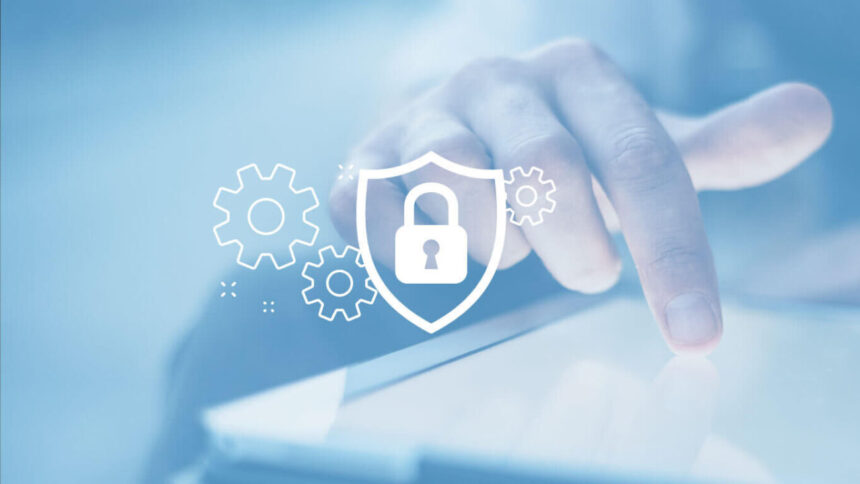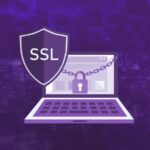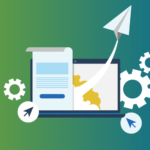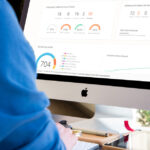Introduction: Fortifying the Digital Bastion
Ensuring security in the realm of WordPress is a task you cannot afford to overlook if you aim to safeguard your web project and protect your clients’ data. Just as you secure your physical home before leaving, WordPress demands a similar level of attention. To shield your website effectively, you must ensure there are no vulnerabilities that could grant access to ill-intentioned users.
1. Fortify wp-admin and wp-login
Securing the WordPress login process involves creating a pre-login setup that bars users from accessing the WordPress control panel without entering a valid username and password. Utilizing the .htaccess file enables you to configure settings for your service, enhancing your website’s security. Here’s a simple guide for cPanel users:
- Access cPanel and navigate to the “File” section, then click on “Directory Privacy.”
- In the new window, select the “public_html” folder.
- Enter the directory you want to protect, such as “wp-admin,” and click “Save.” Create a secure username and password, then click “Save” again.
For those new to website management, an alternative is to change the WordPress access URL.
2. Alter the WordPress Access URL
It’s common to access WordPress through the default URL provided during installation, like www.yourdomain.com/wp-admin/. By changing this URL to something less predictable, such as www.yourdomain.com/enter-website/, you add an extra layer of defense against potential hackers. Achieve this easily with the WPS Hide Login plugin or manually through the .htaccess file.
3. Never Use “admin” as a Username
Avoid handing cybercriminals an easy victory by steering clear of the default “admin” username during WordPress installation. It takes less than 10 seconds to modify the username, providing a quick win in enhancing your website’s security.
4. Employ a Strong Password
WordPress evaluates password security on a scale from 0 to 100. Ensure your password is rated high, incorporating special characters, uppercase letters, and numbers. Password management tools like LastPass allow you to generate robust passwords of varying lengths. Regularly updating passwords and avoiding repetition across multiple accounts further strengthens security.
5. Restrict Failed Login Attempts
Legitimate users typically don’t attempt 80 logins within a minute. Restricting the number of failed login attempts safeguards your website from mass login attempts orchestrated by cybercriminals. Some security plugins like Wordfence or systems with built-in Captcha functionality automatically include this feature. In case of repeated failed attempts from a single IP, the user is blocked, preventing unauthorized access.
6. Exercise Caution with Plugins
Prioritize responsible plugin use by adhering to recommendations during installation and implementing ongoing management practices:
- Limit plugin usage; install only essential ones.
- Keep plugins updated to the latest versions.
- Remove unused plugins from your application.
7. Keep WordPress Updated
Frequent updates to WordPress address vulnerabilities promptly. Each update not only enhances security but also corrects errors and introduces improvements. Running an outdated WordPress version is akin to leaving a door unlocked, making it easier for intruders to exploit your application. Stay vigilant, as timely updates are critical.
Example: In February, WordPress released version 4.9.3, swiftly followed by 4.9.4 due to security issues discovered in the Customizer change log.
8. Regularly Back Up Your Website
Backing up your website regularly is a non-negotiable practice that can be a lifeline in various situations:
- Web hacking incident: Recover swiftly.
- Plugin incompatibility after WordPress update: Roll back changes.
- Reverting to a previous state: Correct unintended alterations.
Remember to store backups externally, away from your hosting account. Services like Dropbox or local downloads on your PC or external drives are excellent choices. Always ensure the backup is complete and viable for website restoration.
9. Leverage WordPress Security Plugins
Enhance your defense against hackers with dedicated WordPress security plugins. Well-regarded plugins like Wordfence Security and iThemes Security provide functionalities such as site scans, suspicious activity notifications, and brute force attack prevention. A reliable security plugin adds an extra layer of protection to your website.
10. Modify Database Prefixes
Your website’s database contains crucial information, making it a prime target for malicious users. By default, WordPress uses prefixes like “wp_” for tables. Changing these to unique identifiers, e.g., “hk_,” adds a layer of complexity for potential intruders.
11. Combat Spam Effectively
Guard against sploggers, fake users attempting to infiltrate your website and inject spam content. Plugins like Akismet, which comes pre-installed with WordPress, identify bot-generated comments and prevent their publication. Integrate verification systems like Really Simple CAPTCHA to create an additional barrier against hackers.
12. Invest in Quality Hosting
The foundation of your website’s security lies in the hosting provider. Our web hosting plans incorporate anti-hacking and anti-spam measures to ensure maximum protection. The CageFS system virtually isolates all server accounts, preventing one user’s misconduct from affecting others. A secure and stable hosting environment is essential for implementing effective security measures.
Why Implement These Measures? Isn’t WordPress Secure?
When we emphasize the need to enhance WordPress security, it’s not a reflection of WordPress being inherently insecure. On the contrary, WordPress stands as one of the premier CMS options, powering over 30% of all websites on the internet. Its widespread use, however, makes it a prime target for cybercriminals, necessitating proactive security measures. Just as you’d maintain and secure a physical store to run a successful business, ongoing maintenance and security practices are vital for your website.
Conclusion: Fortify Your WordPress Citadel
Improving WordPress security is an ongoing necessity to maintain your website’s integrity and protect your clients’ data. An optimized and secure website not only ensures user safety but also contributes positively to SEO. With numerous strategies discussed in this post, you have a robust toolkit to fortify your WordPress fortress. Implement these measures diligently and keep your digital domain impervious to potential threats.
Secure wp-admin and wp-login Alter WordPress Access URL Never use “admin” as a Username Utilize a Strong Password Limit Failed Login Attempts Exercise Caution with Plugins Keep WordPress Updated Regularly Back Up Your Website Leverage WordPress Security Plugins Modify Database Prefixes Combat Spam Effectively Invest in Quality Hosting








